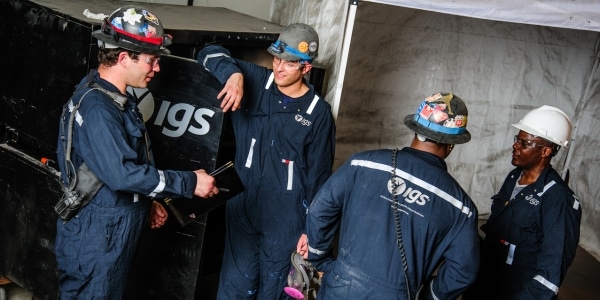A sulfolane unit is a process that uses sulfolane as a solvent to separate aromatics from non-aromatics in a hydrocarbon mixture. Sulfolane is a cyclic sulfone that has high solubility and selectivity for aromatics. A sulfolane unit typically consists of an extraction column, a stripper column, a solvent recovery column, and a solvent regenerator.
One of the main corrosion challenges in a sulfolane unit is the formation of acidic by-products due to the reaction of sulfolane with water and oxygen. These by-products can lower the pH of the solvent and cause severe equipment metal wastage due to the erosion and corrosion of carbon steel or stainless-steel. The corrosion rates can increase with higher water concentrations, higher temperatures, and higher oxygen ingress. Some of the traditional solutions to mitigate the corrosion problem are using more corrosion-resistant materials (such as duplex stainless steel), reducing the water content in the solvent, increasing the solvent regeneration capacity, and operating the solvent filter continuously.


Typical Sulfolane corrosion mechanisms include acidic corrosion in the presence of water and sulfur compounds, the corrosion rates are accelerated at elevated temperatures and pressures, like those typically found in platforming units.
Hydrogen embrittlement in high-stress areas such as welds and joints can lead to cracking and structural failures, and localized corrosion is particularly prevalent in areas where stagnant or low-flow conditions are observed, such as dead legs and nozzles.
This global refinery’s Sulfolane column recently underwent an inspection to assess its integrity in light of potential sulfolane-induced attack. The examination process involved visual inspection for signs of delamination, cracks, and bulging.
The operating temperature of the unit was recorded as (top/bottom) 49°C/174°C (120°F / 345°F), and the operating pressure (top/bottom): -0.057 / -0.039 MPag.
Due to the aggressive operating environment, organic cladding such as epoxy linings were deemed inappropriate as they are typically limited to only withstand maximum operating temperatures of 140°C before premature delamination and failure occurs.
An internal alloy upgrade using field applied weld overlay or IGS High Velocity Thermal Spray (HVTS) were considered as acceptable corrosion-erosion-resistant solutions for the harsh operating environment in the column. The refinery chose IGS HVTS due to the performance comparisons and schedule benefits provided by this technology.
IGS technicians mobilised swiftly and the 120m2 installation of a corrosion-resistant high nobility alloy cladding to internally protect the column, was completed safely and within the designated turnaround period.

Upon inspection, it was determined that the high nobility alloy cladding applied to the area met the project thickness specification. Using Magnetic Lift Off gauges (MLO), measurements were recorded in the quality control documentation, providing a complete thickness map of the applied cladding.
In environments where erosion is present as a metal wastage mechanism, to ensure the ongoing integrity and performance of the barrier system, it is imperative to conduct inspections when possible and if required and maintenance of the cladding thickness. Typically, these are conducted during each scheduled shutdown. Additionally, recommendations for planned maintenance will be provided to address any potential concerns identified during the inspection process.
“Our strategically placed global operations resources typically mean that we can mobilize within 24 hours to any given country across the globe. In as little as 48 hours, clients can expect to see our teams set up and ready to start a project.”
“In this case, schedule adherence was paramount as well as stringent safety standards compliance. Every team mobilized by IGS is expected to provide a service that meets all international quality standards, part of which involves keeping detailed inspection reports and ensuring that all procedures are thoroughly documented. IGS is ISO 9001:2015 certified for our Quality Management System (QMS), which recognizes those who are dedicated to meeting all customer requirements – with safety being the highest priority.”
– Natsuki Yamagata, Director, IGS Japan

The safe and successful completion of the project and verifying the application of the specified cladding thickness, demonstrated the refinery’s dedication to a proactive maintenance strategy and approach to asset integrity management. By addressing potential corrosion challenges associated with the sulfolane process, the refinery safeguards its operations and reinforces its commitment to process safety, efficiency, and environmental responsibility. Continued collaboration between the refinery and its stakeholders will be essential in ensuring the ongoing success of corrosion prevention efforts and the sustained performance of the platforming unit.
Related Case Studies:
Related Questions:
On-site Thermal Spray Cladding Services from IGS:
CATEGORIES: